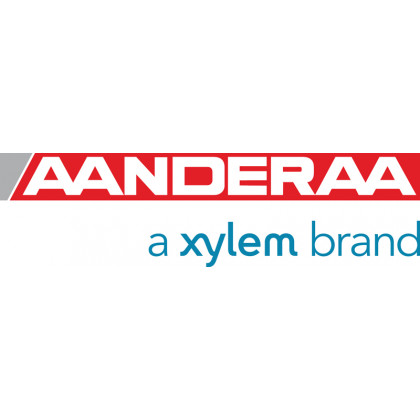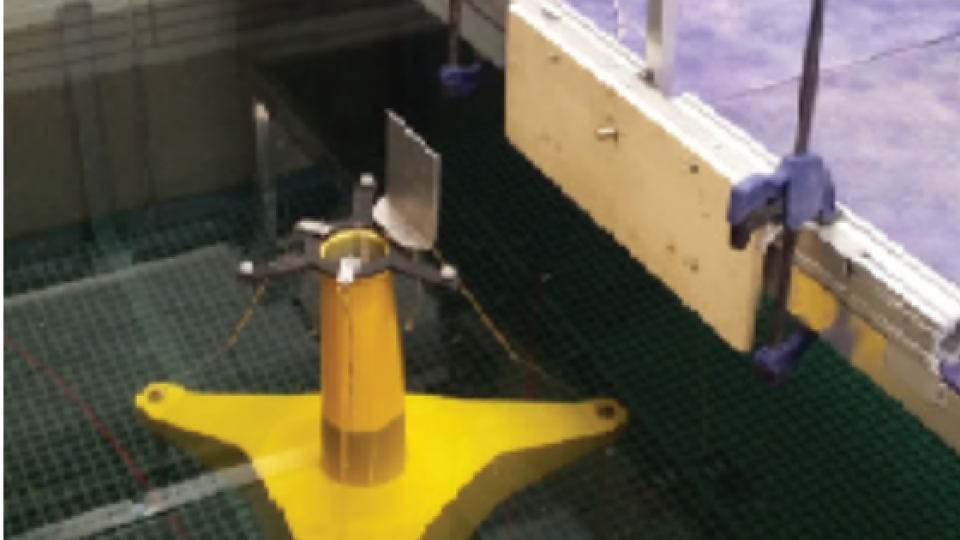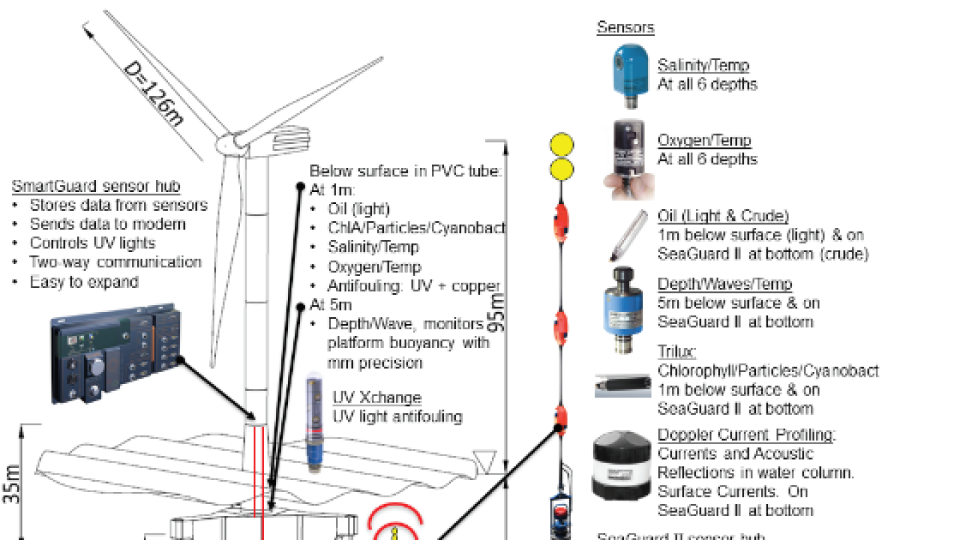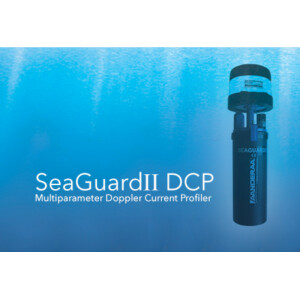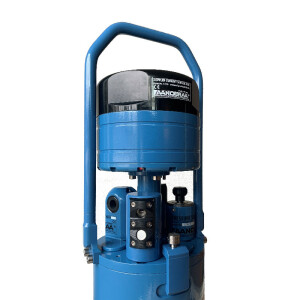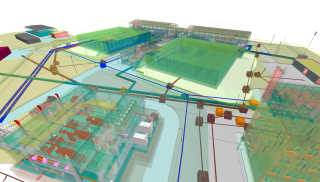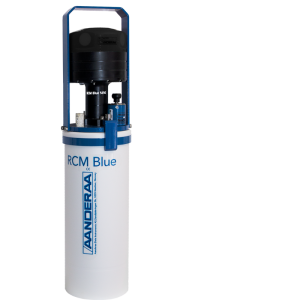
Design and Analysis of the Anchoring Systems of Offshore Wind Platform
The main objective of the Wind Turbine Platforms (Wind-Tu-Pla) project is to work out the design, handling and economical aspects of offshore wind turbine platforms for use in the southern Baltic Sea, in the Polish economic zone. Poland has an old-fashioned energy production with use of significant amounts of hard coal and a low share of renewable energy compared to other EU countries.
This project is holistic. It takes up all aspects from combined environmental measurements and modelling—to find worst-case hydrological and meteorological scenarios—to the platform design, costs of construction, installation, maintenance and environmental measurements after installation.
Fig. 1: Left: Construction drawing of the Tension Leg Platform (TLP) that was selected as the most suitable. The targeted wind turbines are standard turbines of 5 or 6.15 MW.
Middle: Snapshot from CFD (Computational Fluid Dynamics) simulation of TLP platform. With CFD it is possible to obtain platform movements and forces in extreme hydrodynamic conditions.
Right: Scaled model of TLP platform in preparation at the test tank facility of the project coordinator at the Gdansk University of Technology.
Six different field measurement systems were in operation including long-term monitoring of winds (Fig. 2), currents, waves/ level, oxygen, surface currents with acoustic sensor and a surface drifter. Salinity and temperature was measured both at the bottom and in the water column.
Fig. 2: Meteorological station in Leba (Polish N coast) is placed on top a lighthouse and consists of a SmartGuard logger, a GSM modem and a Gill GMX 600 weather sensor. A similar system is installed in Gdynia it is on-line and serves also for navigation aid.
The NIVA adapted GEMSS model was calibrated with field data and run to find worst-case hydrological (8.5m waves with a 10.4s period) and meteorological (average winds of 44m/s 90m above the sea surface) scenarios to design the platforms. Statistical treatment of historical wind data demonstrates a good potential for wind power with the majority of winds from 10-16m/s in the area.
The cost calculations of construction (platforms and anchoring systems), installation and maintenance are done by the Nauta Shipyard that is located in Gdynia about 80nM (150km) from the targeted installation area.
Offshore wind parks produce renewable energy and can offer protected habitats. The platforms can also serve for environmental monitoring. For the buoyant Wind-Tu-Pla platforms, deployed at 40-60m in the Baltic Sea, the system in Fig. 3 is suggested. It is designed to monitor water circulation, eutrophication, cyanobacteria blooms and pollution from ship traffic (e.g. oil). A system like this that delivers data in real time will be more efficient if it is coupled to a dynamic model, like GEMSS, that is capable of assimilating data in real time and predicting the fate of e.g. a chemical spill or a drifting belt of Cyanobacteria.
Fig. 3: Suggested environmental monitoring system on floating wind platforms based on well proven standard off-the-shelf serially produced
components. The goal is to be able to deploy sensor for at least one year in high fouling environments without need for cleaning.
Do you have questions about this case study?
Get in touch with Aanderaa Data Instruments, and they would be happy to answer any questions you have about pricing, suitability, availability, specs, etc.
